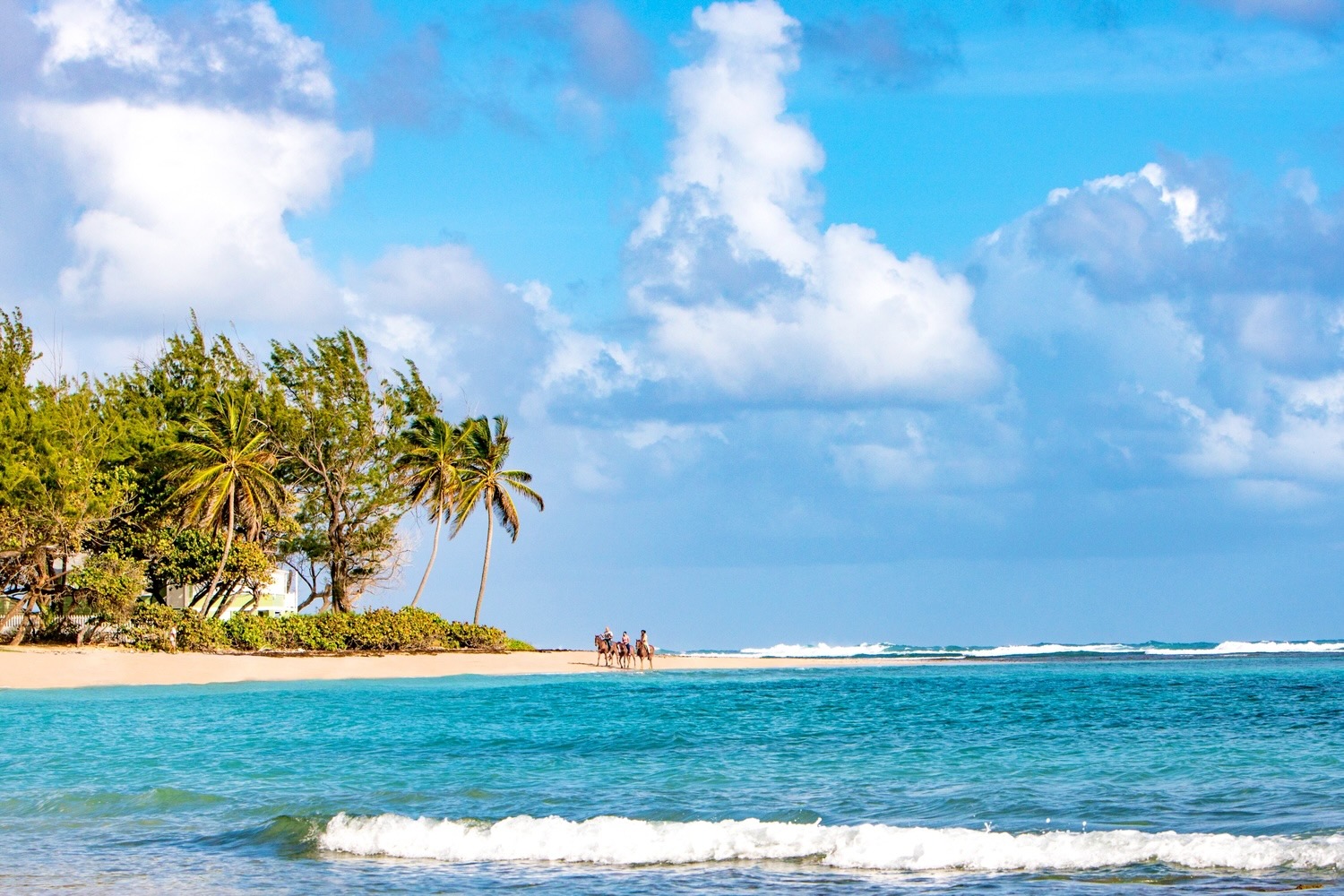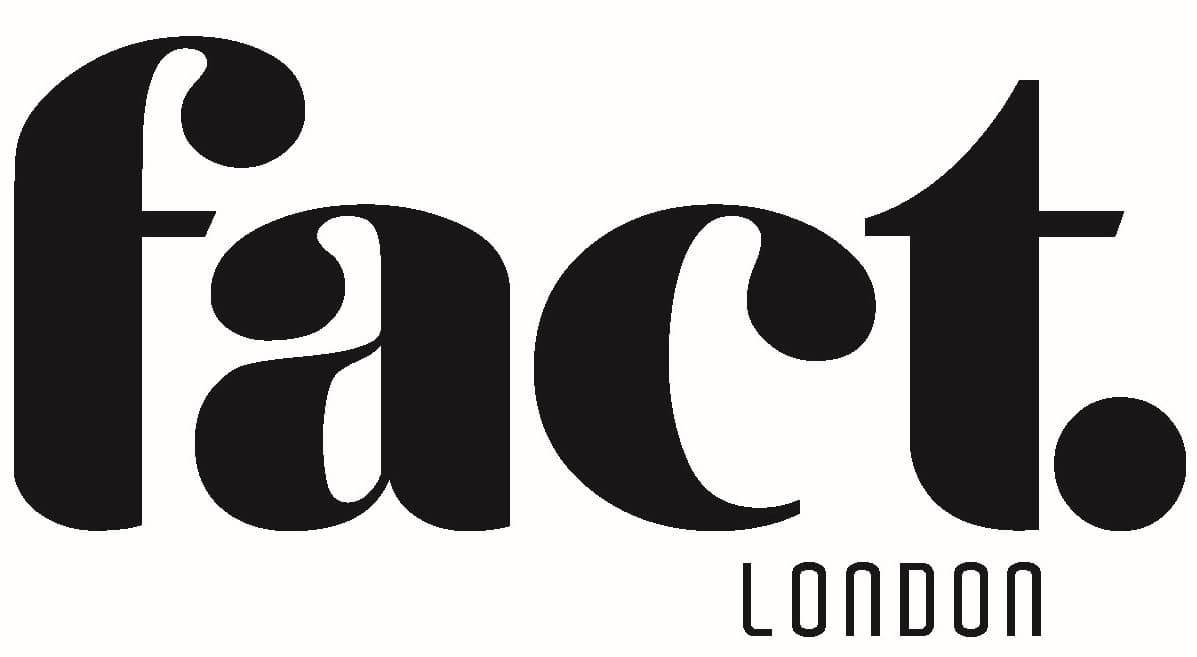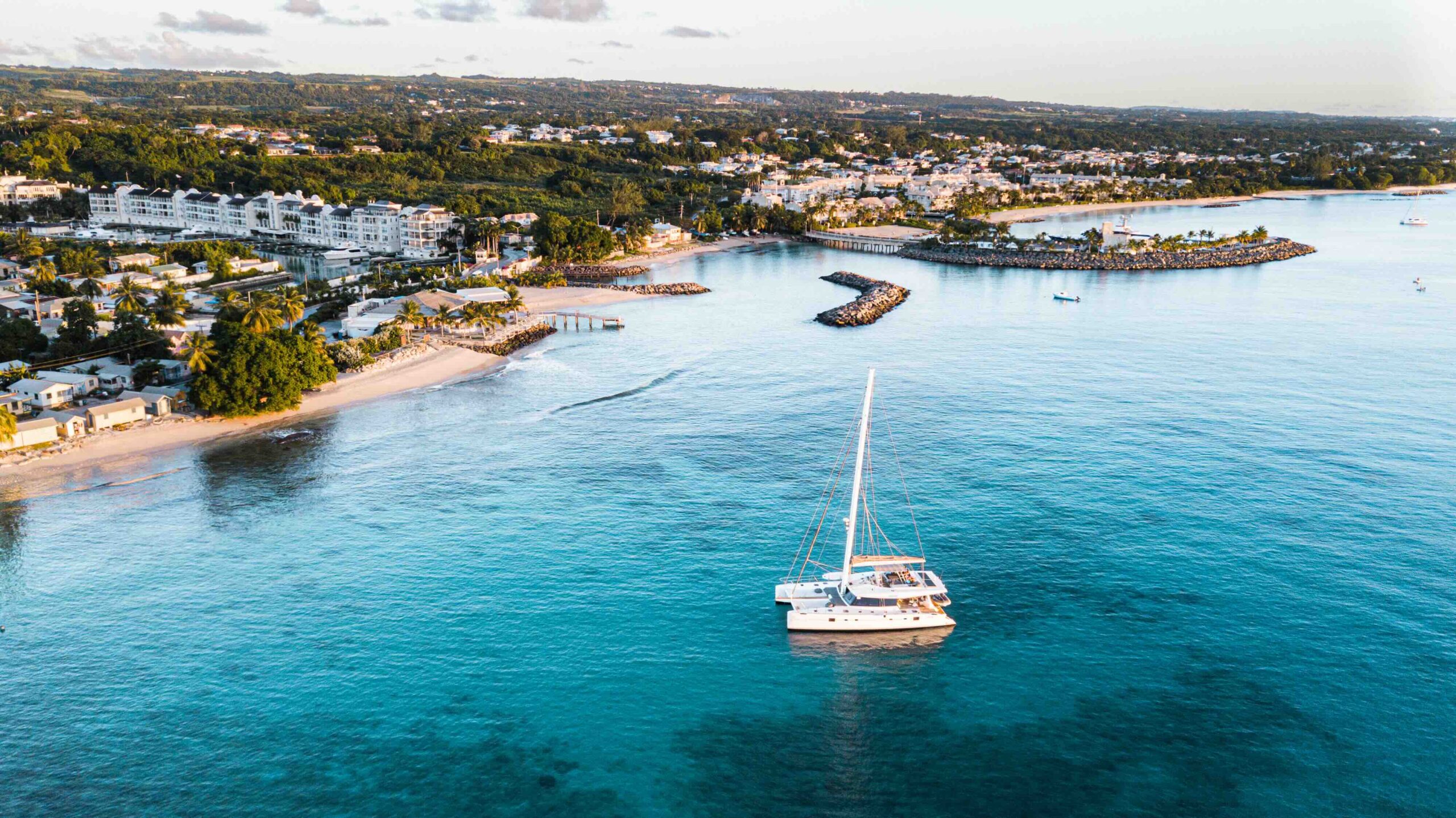The Caribbean's only coral island is home to culture, cuisine and carnival.
R&B superstar Rihanna greets us before the island does. As the wheels of our Caribbean Airlines plane touch down at Grantley Adams International Airport, the Barbadian singer's smile beams from a billboard welcoming us to experience the joys of island life. Moments later, Wild Thoughts crackles on the car radio. Outside, pastel coloured wooden houses line the winding island roads, goats graze behind low picket fences, and green monkeys bounce through the treetops. The soundtrack is steelpan, the tempo is easy, and the welcome is instant. This is Barbados, the easternmost island of the Caribbean.
Our base is The Crane, a storied clifftop resort that balances Spanish-hacienda architecture with tropical ease. Looming archways, cool stone floors and textured walls open out onto breezy, open-plan living rooms, while tall four-poster beds anchor generous suites that spill onto garden terraces, many with lagoon-style private pools. On the edge of the resort, an elevator descends through the rock to one of Barbados' most beautiful beaches, a golden sweep tucked between craggy bluffs, framed by slender palms and washed by Atlantic spray.

Barbados is small enough to cross east to west in one hour, yet this island is big on character. In Bridgetown, a UNESCO World Heritage site, the public market comes alive with vendors selling custard apples and guinep piled high in wooden crates. The marina glints with pristine yachts, a reminder that the island has long been a playground for sailors and winter sun seekers. History runs deep: more than three centuries of British influence linger in Georgian facades, the left-hand drive and countless post offices and cricket pavilions. The sport is a passion, and a tour of Kensington Oval is a pilgrimage even for casual sports fans.
Beneath the surface of the Caribbean Sea, another world waits. Atlantis Submarines has been taking visitors below the waves since the late 1980s, plunging to around 150 feet to drift past coral gardens and sunken shipwrecks. It is a completely dry submersible safari, and as we embark on the vessel's 22,687th voyage, we swap snorkels for portholes and watch shoals of parrot fish flick across the ocean floor.

Back on land, Harrison's Cave offers an inland counterpoint where zip-lines whisk you through the treetop canopy before high-ropes courses drop you into a limestone gully, where stalactites glisten above subterranean streams as a tram ride trolley's guests deep underground.
When the sun dips, Bajan flavour takes centre stage. Fridays belong to Oistins Fish Fry, where smoke and soca curl into the night air. At Pat's Place, hour-long queues snake down the street as ravenous locals and savvy travellers order fried fish platters, then claim plastic tables as breakdancers turn the promenade into a stage. For an alternative groove, St Lawrence Gap concentrates the island's nightlife into a few potent blocks. Burger joints rub shoulders with rum bars, and the ever-popular Cocktail Kitchen shakes hurricane-strength libations to pair with elevated Caribbean plates of fiery flying fish tacos, oxtail and goat's cheese croquettes, Parmesan-crusted barracuda, and a velvety seafood curry scooped up with warm roti.
Daylight brings the water back into focus. Book a Cool Runnings catamaran cruise and glide across the Caribbean Sea, rum punch flowing as reggae and dancehall classics thrum from the speakers. Anchor over two shallow wrecks, slip into the blue and find yourself face to face with sea turtles.

Culture is never far away. On Rihanna Drive, the modest childhood home of a Barbados-born superstar sits behind an olive-and-orange façade, marked by a plaque and a monument that frames her ascent from a local girl to a global icon. With genre-shifting hits, nine Grammys and a Super Bowl halftime show, Rihanna has turned her star power into the FENTY beauty brand, and Barbados named her a National Hero. She remains the island's most famous ambassador.
This is also an island built on sugar and defined by rum. With distilling roots dating back to the 1700s, the island raises a glass each November at the Barbados Food and Rum Festival. Meanwhile, tours of Mount Gay — the world's oldest rum distillery — pour history into tasting glasses, tracing sugarcane from plantation to bottle.

For luxury travellers, Barbados ticks quite a few boxes. English is spoken everywhere, service is polished, and privacy is easy to come by, whether in a villa with a private pool or a spacious suite overlooking the ocean. While halal options remain limited, seafood-forward menus and an abundance of vegetarian options simplify dining choices. Luxury is low-key rather than loud, with attentive concierges, immaculate housekeeping and experiences that feel bespoke, such as a sunset table at Champers set on a wind-ruffled terrace.
Getting there is easy via Grantley Adams International Airport, which offers a variety of direct services from major global gateways, or by sea at a marquee cruise port. While there are no direct flights connecting the Middle East, Barbados pairs with a London stopover for shopping and theatre, before swapping city lights for coral reefs and island life. Winter sun in the Caribbean also neatly offsets the Gulf winter, offering warmth and calm during the year's busiest stretch.

Barbados offers a rich mix of culture, heritage, sport, dining and eco adventures. The Caribbean's only coral island boasts more than 400 restaurants, cementing its status as the Culinary Capital of the Caribbean. The events calendar also impresses with Crop Over, which often attracts A-list names. The island may be most famous for Rihanna and rum, but also for the way it layers simple pleasures into memorable days, from The Crane Resort's clifftop serenity to Bridgetown's bustle and its pristine powder-white beaches.
As Rihanna once said: "Find light in the beautiful sea, I choose to be happy."
GO: Visit www.visitbarbados.org for more information.


